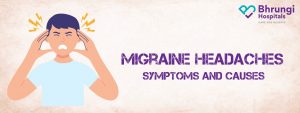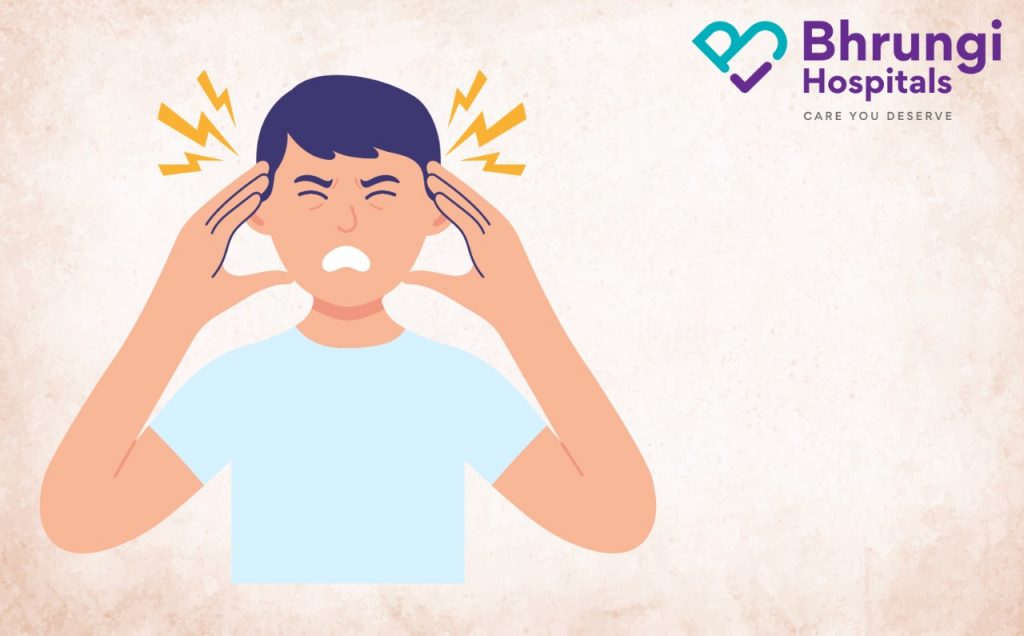
A migraine is not just a regular headache. This neurological disease can cause incapacitating throbbing pain that can keep you confined to bed for days! Pain, tiredness, visual disturbances, nausea, numbness and tingling, irritability, difficulty speaking, temporary loss of vision, and other symptoms may be caused by motion, light, sound, and other triggers.
What precisely is a migraine? How does a migraine feel?
A migraine is a neurological condition that drives several symptoms, the most noticeable of which is a pulsing headache on one side of your head. Physical activity, lights, sounds, or smells are all likely to aggravate your migraine. It could last for at least four hours and possibly even days. This genetic disorder affects approximately 12% of the population in the United States. According to study, it is the world’s sixth most disabling disease.
What are the different types of headaches?
There are over 150 different headaches divided into two groups: primary headaches and secondary headaches. A migraine is a primary headache, which means it is not caused by another medical condition. Primary headache disorders are clinical diagnoses, which means no blood tests or imaging studies are required to confirm the diagnosis. A secondary headache is a symptom and signs of another health issue.
| Facts | Numbers |
| How many people suffering form Migraine | 213 million |
| Who are more likely to get migraine | Women |
| % of population | 30% or more |
| Risk for migraine | During 30’s |
Who gets migraines? What are the risk factors?
It’s hard to understand who will get a migraine and who won’t, but some risk factors may make you more susceptible. These risk factors are as follows:
- Genetics: Up to 80% of people who suffer from migraine headaches have a first-degree relative who has the disease.
- Gender. Migraine headaches impact women more than men, particularly women aged 15 to 55. Because of the impact of hormones, it is most likely more common in women.
- Stress level. If you are beneath a lot of stress, you may experience more migraines.
What are the symptoms of migraines?
A headache is the most common symptom of migraine. The sensation of pain can be described as pounding or throbbing at times. It can begin with a dull ache and progress to pulsing mild, moderate, or severe pain. If you do not treat your headache, it will progress from mild to severe. Pain can spread from one side of your head to the other, affecting your front, back, or entire head.
Other symptoms of migraine headaches include:
- Sensitivity
- upset stomach and abdominal pain.
- Nausea and vomiting
- Loss of appetite.
- Feeling very warm (sweating) or cold.
- Pale skin color
- Feeling tired.
- Dizziness and blurred vision.
- Tender scalp.
- Diarrhea.
- Fever.
What is the outlook for migraine sufferers?
Migraines are unique to each person. Similarly, how migraines are managed is unique. The best results are usually obtained by learning and avoiding personal migraine triggers, managing symptoms, practicing preventive methods, following the advice of your doctors, and reporting any significant changes as soon as they occur.
Bottom line
Migraine headaches can be debilitating, making it hard to work, school, or engage in other daily activities. Fortunately, there are things you can do to help prevent migraine and other things you can do to help manage and endure the symptoms. Work with your doctor to keep migraines from taking over your life.
Book Your Appointment Now and Evening Doctor Consultation also available at Bhrugi Hospitals.








